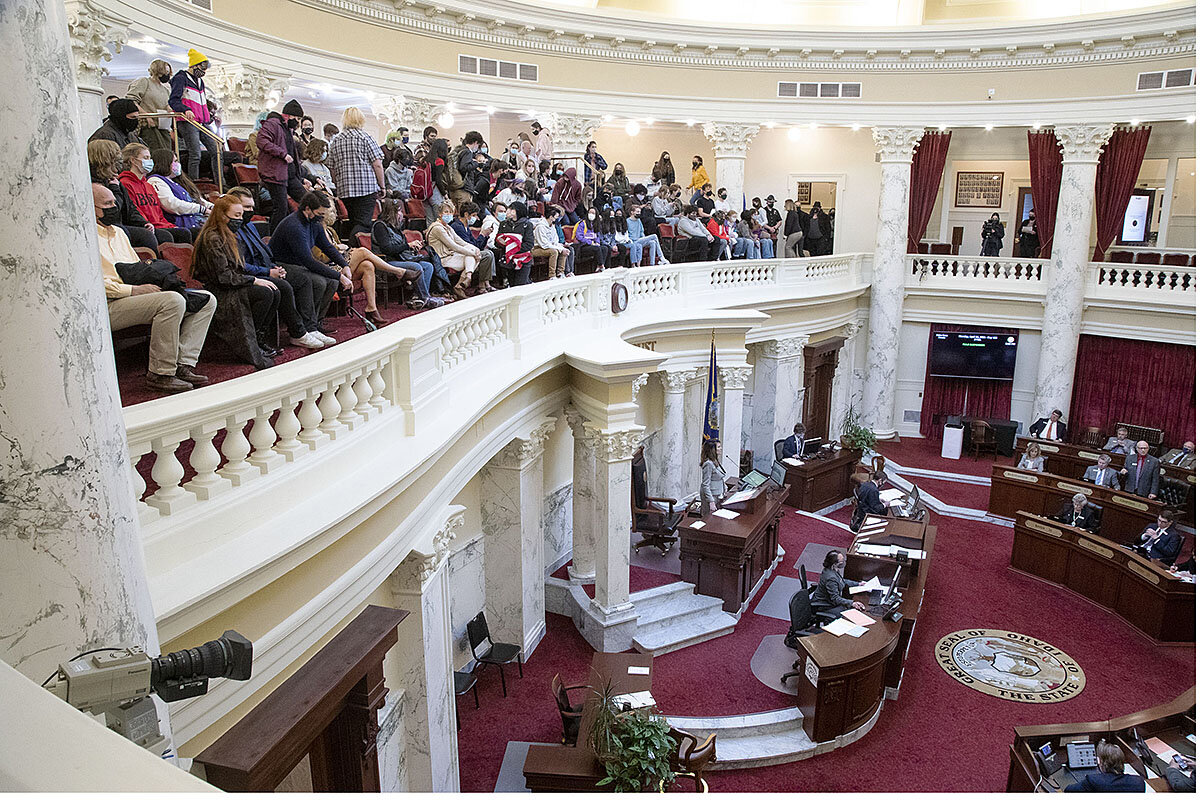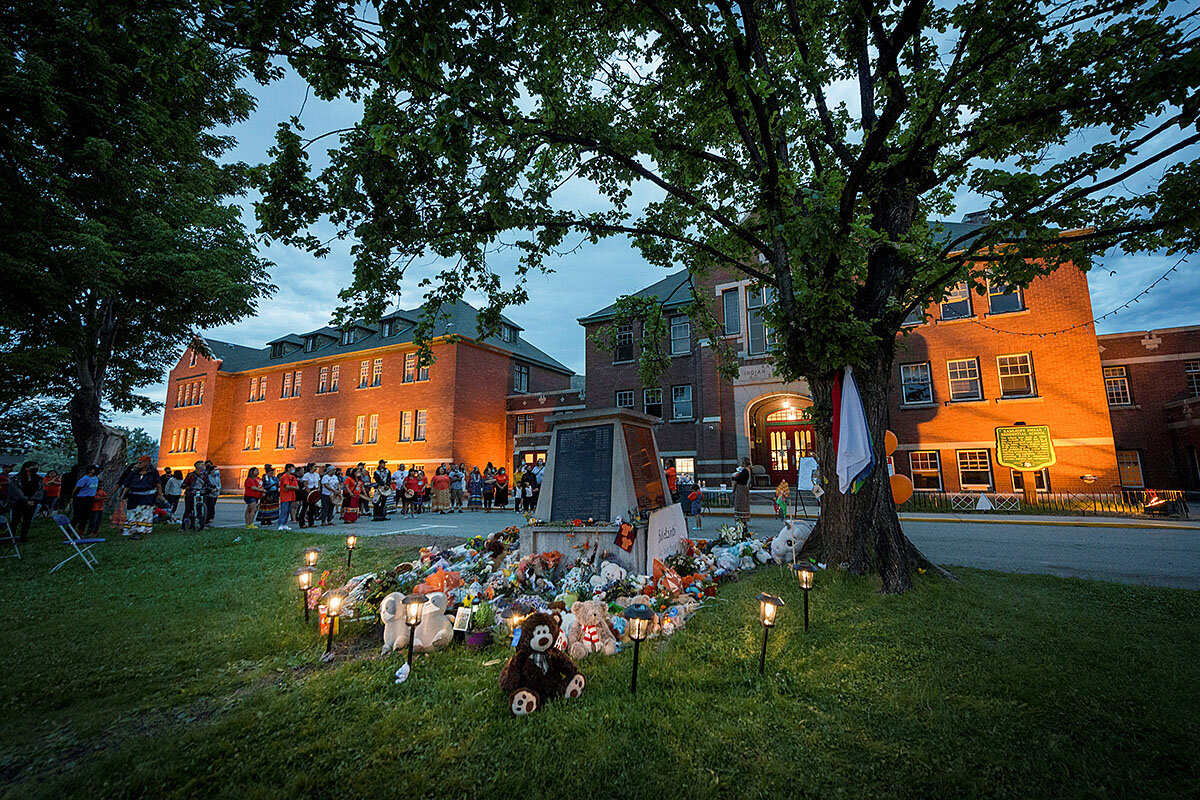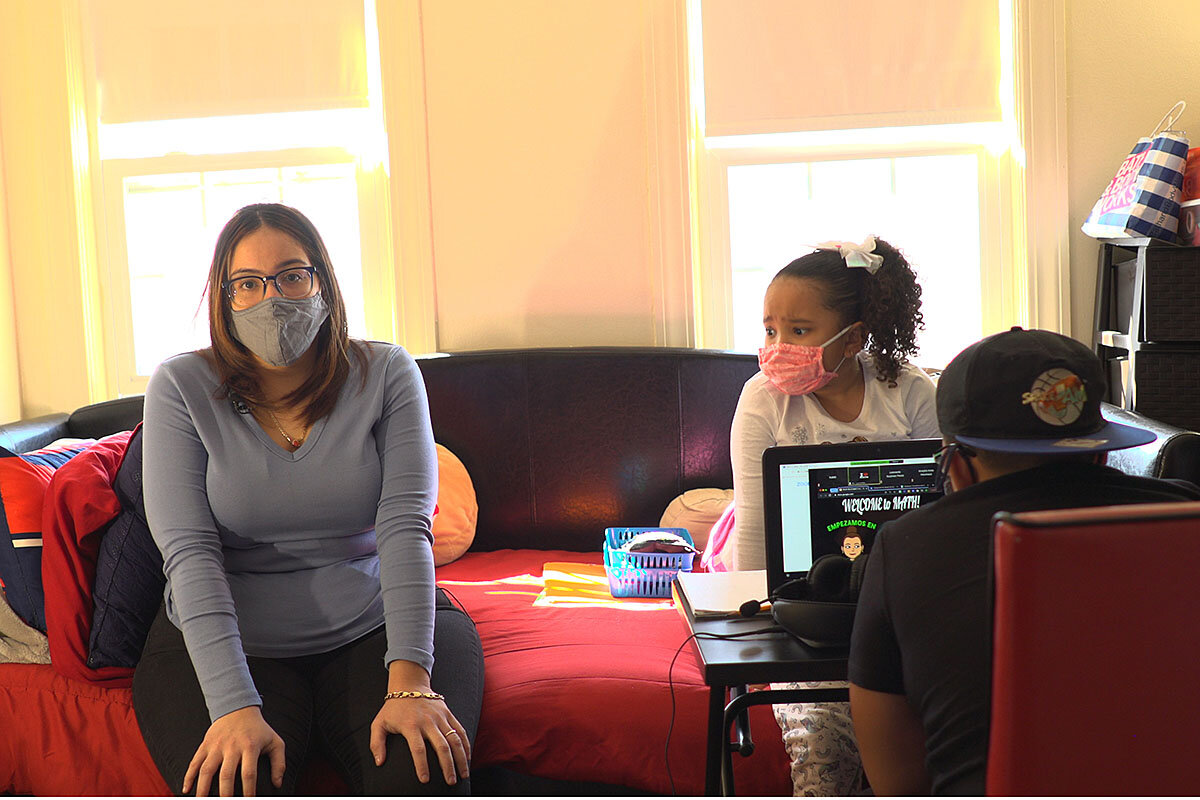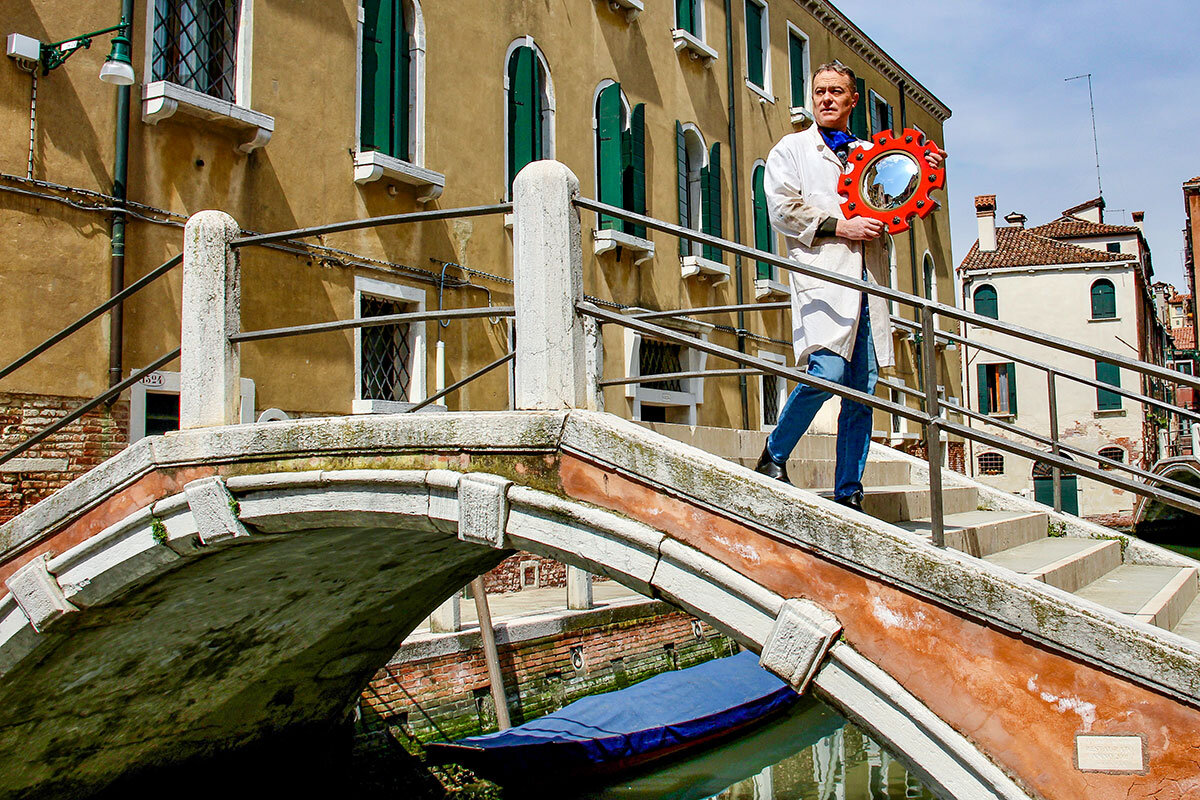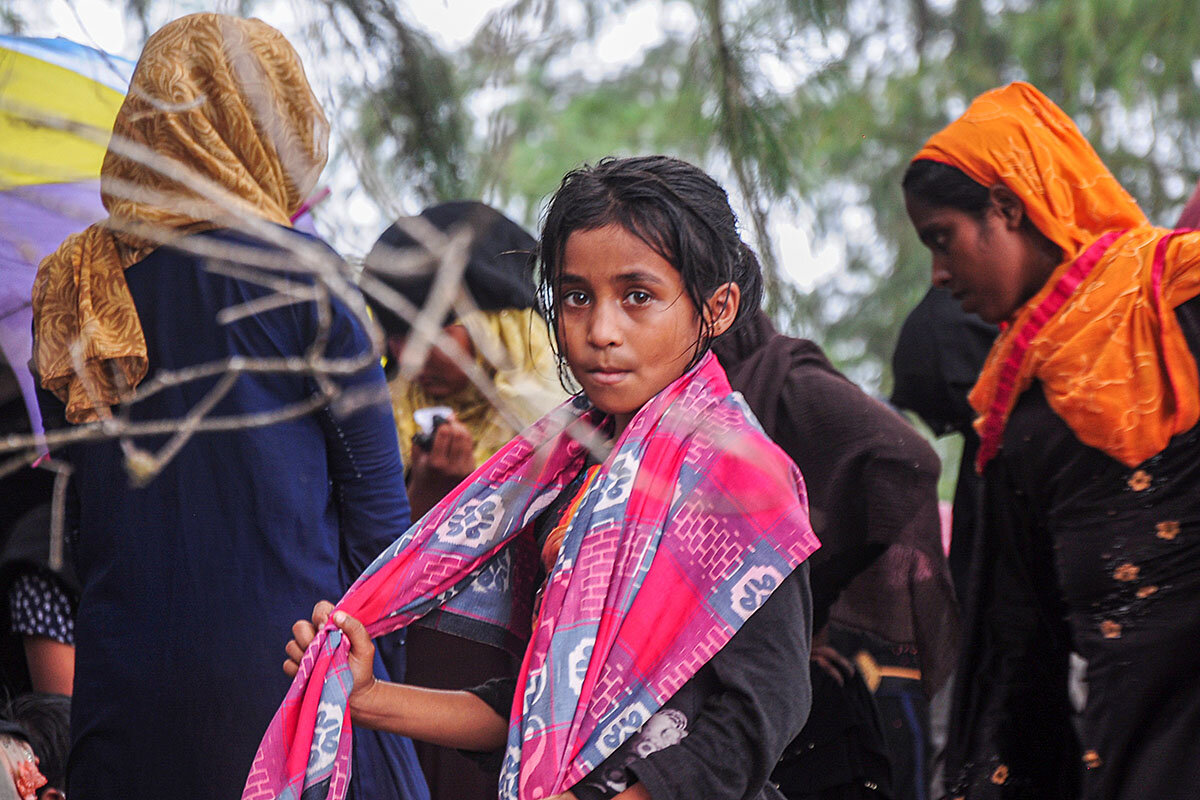A tug of war over the teaching of American history and race is playing out in state legislatures. Given the chasm between views on either side, what is the best path forward?
Monitor Daily Podcast
- Follow us:
- Apple Podcasts
- Spotify
- RSS Feed
- Download
 Ann Scott Tyson
Ann Scott Tyson
Sometimes the most powerful messages are not shouted but whispered. They are hinted at, or even left unspoken, yet still conveyed.
Hong Kongers proved this today.
For 30 years, the city held the biggest annual commemoration for those who died in China’s June 4, 1989, crackdown on pro-democracy protests centered in Beijing’s Tiananmen Square. A huge candlelight vigil attended by thousands in Victoria Park, it marked the only large-scale Tiananmen memorial on Chinese soil.
Over the past year, authorities have imposed harsh new measures, such as an anti-subversion law, aimed at snuffing out such events – and, it seems, public memories of Tiananmen in Hong Kong. They have jailed Hong Kong pro-democracy activists for attending earlier Tiananmen events, altered or censored textbooks and public broadcasts, and earlier this week closed a small museum dedicated to the movement.
Yet in the face of thousands of patrolling police and a ban on the Victoria Park gathering, Hong Kongers found subtle ways to remember those who fought for political freedoms and perished on June 4, 1989.
Hundreds flocked to churches for commemorative masses, promoted on posters with vague but nonetheless searing statements such as, “Let’s not forget history.”
Scattered around the city, groups gathered, some wearing black, the traditional color of Hong Kong protesters. In Mongkok and the shopping district of Causeway Bay, once locations of huge pro-democracy protests, scores of people beamed their cellphone lights and lit candles after dark.
“It’s more or less in Hong Kong people’s DNA now,” lawyer and organizer Chow Hang Tung told the BBC earlier. “I am willing to pay the price for fighting for democracy,” said Ms. Chow. She was arrested today in Hong Kong.
Tiananmen activist Han Dongfang, who was almost killed in the Beijing crackdown 32 years ago, spoke of hope and light as he relaxed on a bench in Victoria Park today, despite the presence of dozens of police.
Dressed in black, he told Reuters, “Today, I just feel like being here.”





